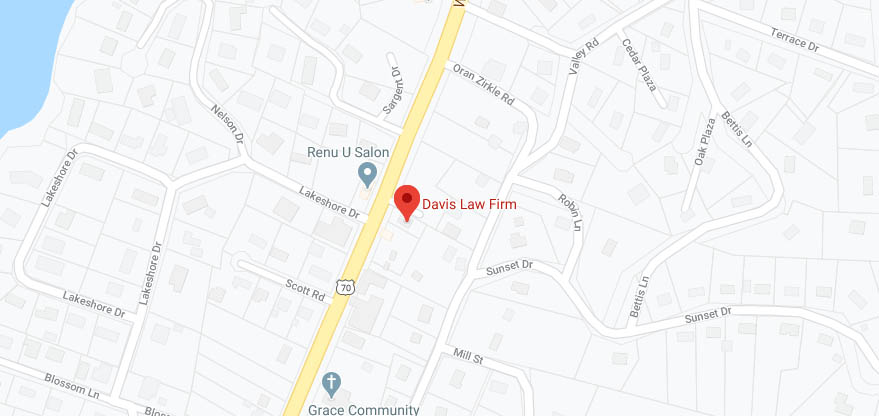Going through a divorce can lead to a lot of changes afterward, especially if you and your spouse have children. Depending on your circumstances and history of marriage, a judge will decide what type of child custody your or your spouse can receive after the divorce is finalized. There are different types of child custody that all come with different restrictions and rights. Various factors can affect whether you receive full custody of your child and who will have certain legal rights over the children. Talk to a Tennessee family law lawyer if you have questions or concerns about child custody.
Types of Child Custody
There are two main that will determine who has rights over raising the children. These are sole custody and joint custody. In sole custody, only one parent is granted certain rights to raise the child while the other
parent has limited rights. For joint custody, both parents can share certain rights around raising the child.
The two main types of rights involved with raising the child are legal custody and physical custody. Legal custody means a parent has the right to make any kind of legal decisions for the child. This means the right to consent on the child’s behalf for the medical treatments, what school to go to, and what religion to practice. Physical custody designates which parent the child will live with for the majority of the time.
These four different types of child custody can be mixed together. For example, only one parent would be able to make legal decisions for the child in sole legal custody, whereas both parents could make these decisions in joint legal custody. In sole physical custody, the child would live with one parent and may or may not have visitations with the other parent. Whereas, in joint physical custody, both parents would schedule a portion of time each year for the child to live with them.
Best Interest of the Child Standard
When it comes to determining what types of child custody to give to each parent, family courts tend to base these decisions off of the standard. This standard means that legal decisions regarding the child are made in the best interests of the child’s mental, physical, and educational well-being, not always necessarily the child’s personal interests. Doing this ensures the child will continue through a healthy development despite the divorce.
Several factors go into this decision, like which parent and environment would be safer for the child. This means courts will look at each parent’s history of domestic violence, abuse to the child, mental health, and criminal history.





